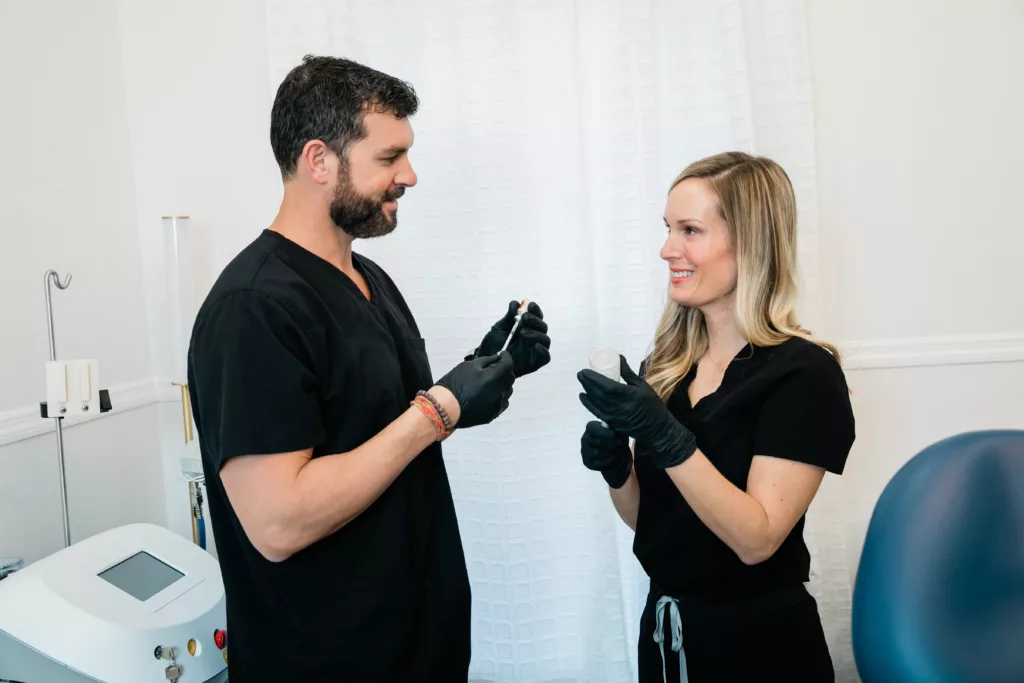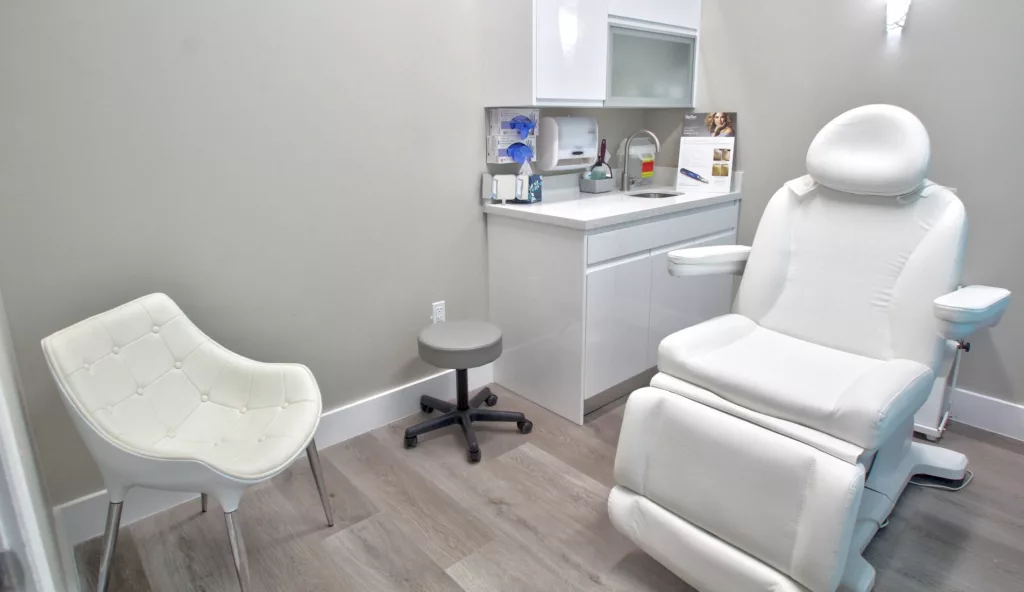As an established practice owner, you've likely heard about the significant opportunities available through private equity (PE) transactions. While the potential returns can be compelling, it's crucial to understand the different sale structures available and how they align with your goals.
Traditional 100% Sale
In this straightforward model, you receive most or all cash at closing. Some deals include an earnout portion (typically 20-25%) paid over 3-5 years, contingent on maintained practice performance. This structure works well for owners planning near-term retirement, preferring immediate liquidity, or seeking a clean transition with minimal ongoing involvement.
DSO/MSO Equity Partnership
This structure combines upfront cash (typically 75-80%) with retained equity in the parent organization (20-25%). Your equity stake provides an opportunity for additional returns through future recapitalization events. It's particularly attractive for owners who want to participate in broader organization growth while maintaining some practice involvement.
Joint Venture Model
You receive 60-70% cash at closing while maintaining 30-40% equity in your specific practice. This model offers direct distributions from practice profits and participation in recapitalization events. The joint venture approach suits entrepreneurial owners with strong growth plans who want to maintain significant operational influence.
Hybrid Structure
This balanced approach provides approximately 70% cash at closing, with the remaining equity split between your practice (15%) and the parent organization (15%). Some deals include revenue-based earn-up provisions. The hybrid model offers diversification while allowing participation in both practice-level and organization-wide growth.
Making Your Decision
When evaluating these structures, consider these key factors:
- Your desired timeline for practice involvement
- Preferred level of operational control
- Risk tolerance for delayed compensation
- Practice growth objectives
- Personal wealth management goals
Next Steps
The optimal structure depends on your specific circumstances and objectives. Working with an experienced M&A advisor can help you evaluate potential buyers' track records, navigate complex deal terms, and maximize your transaction value. Whether you're actively considering a sale or simply exploring options, understanding these structures is crucial for making informed decisions about your practice's future.
PTG provides comprehensive guidance on practice transitions, helping owners achieve optimal outcomes through carefully structured transactions. Contact us to discuss your specific situation and goals.



